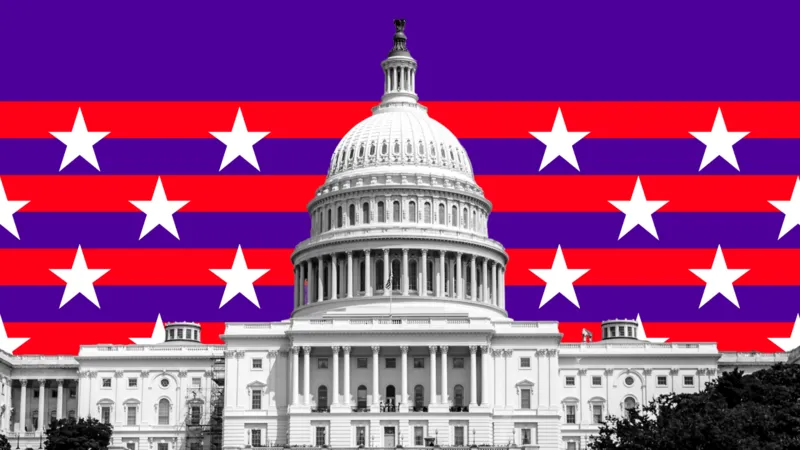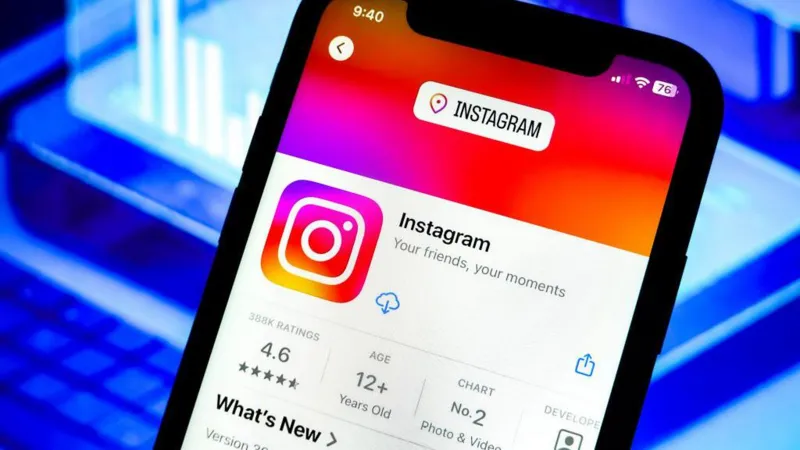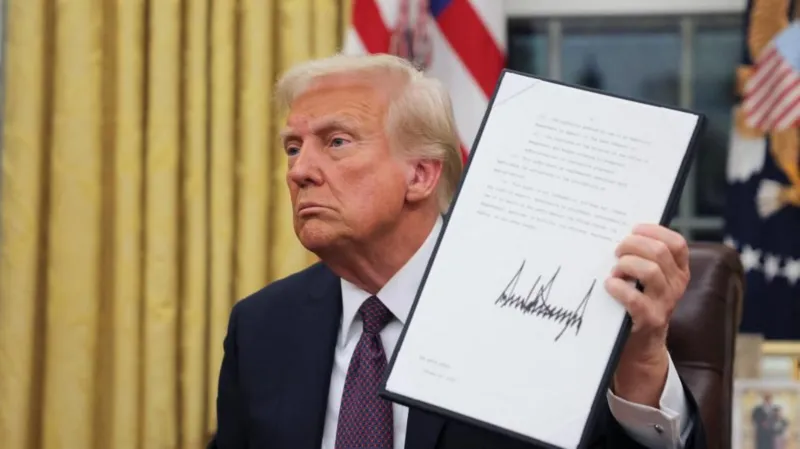Donald Trump’s inauguration marked a significant moment in American history as he became the 45th president of the United States. The event, held on January 20, 2017, in Washington, D.C., followed traditional ceremonies and featured numerous unique aspects. Here’s a comprehensive look at the day’s events, its significance, and the key takeaways.
The day began with Trump and his family attending a morning church service, as per tradition, at St. John’s Episcopal Church near the White House. Following the service, the outgoing President Barack Obama and First Lady Michelle Obama welcomed the incoming president and First Lady Melania Trump to the White House for a brief meeting. This transition period, symbolic of the peaceful transfer of power, culminated in a joint motorcade to the Capitol.
The swearing-in ceremony took place on the steps of the U.S. Capitol, as is customary. Chief Justice John Roberts administered the oath of office, officially making Donald Trump the president. Vice President Mike Pence also took his oath, which was administered by Justice Clarence Thomas. Trump’s inaugural address emphasized his vision for America, with a focus on themes such as national pride, economic rejuvenation, and returning power to the people. His message, encapsulated in the phrase “America First,” resonated with many of his supporters and set the tone for his presidency.
The inauguration included a variety of performances and appearances. Jackie Evancho, a young classical crossover singer, performed the national anthem, while groups such as the Mormon Tabernacle Choir and the Radio City Rockettes provided entertainment. These performances highlighted the cultural diversity and celebratory spirit of the event. However, the day was not without controversy. Several prominent entertainers declined invitations to perform, reflecting the polarized political climate at the time.
In addition to the formal events, the inaugural parade showcased a variety of floats, marching bands, and military units, celebrating the nation’s unity and diversity. Thousands of spectators lined Pennsylvania Avenue to witness the procession as it made its way to the White House. Following the parade, inaugural balls and galas provided opportunities for celebration, with the president, first lady, and other dignitaries in attendance.
While the day was historic, it was also marked by protests and demonstrations across the country. Many individuals and groups expressed opposition to Trump’s policies and rhetoric, leading to heightened security measures throughout Washington, D.C. The juxtaposition of celebration and dissent underscored the divisive nature of the 2016 election and the challenges facing the new administration.
In conclusion, Donald Trump’s inauguration was a defining moment in modern U.S. history, reflecting both the traditions of American democracy and the unique political and social dynamics of the time. It was a day of hope for many, concern for others, and a reminder of the complexities inherent in leadership transitions in a diverse nation.




















